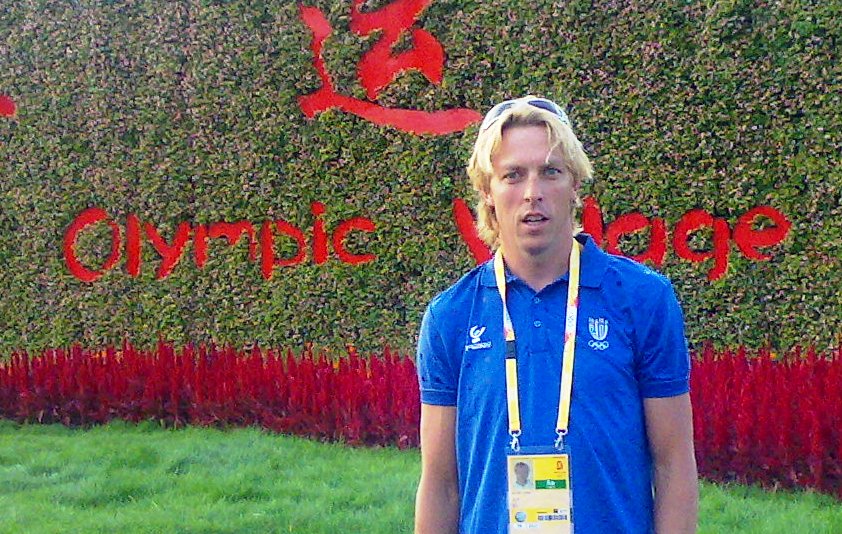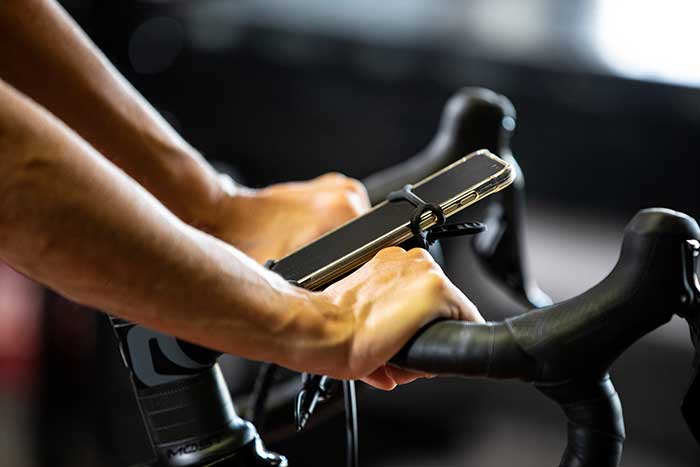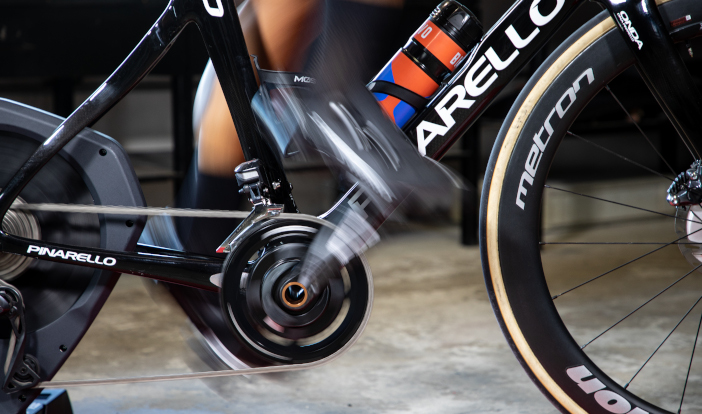By Andrea Gabba, Technical Manager of the Italian national Triathlon Team: Try to do a duathlon or triathlon. I will explain you how.
We asked Andrea Gabba what advantages could be derived from diversifying training by introducing complementary sports to the weekly training plan. A challenge has even emerged: why not try preparing a duathlon or triathlon for the end of the season?
The advantage of diversification
It is becoming more and more common to talk about cross training and the advantage, also for a cyclist, of introducing training sessions in sports other than cycling. The advantage of the diversification of training is twofold: on the one hand you can avoid functional overload of the joints and the muscles which are regularly used in one sport and on the other hand it can also help psychologically by allowing you to escape from the monotony of the same kind of training by seeking out new challenging objectives. It can therefore be helpful to include some running sessions or swim sessions in your training plans, maybe even with an eye on participating in a duathlon or a triathlon in September or October.
Andrea, have you ever trained a cyclist for a duathlon or triathlon?
‘Yes, of course and often with success. The qualities on the bike of a cyclist are more often than not a winning weapon, especially in multi-discipline non-draft races, i.e. those races in which drafting is not allowed and where the bike fraction often makes the difference. Even for off-road lovers, multi-discipline sports offer interesting alternatives, such as X-terra: fun triathlon and duathlon races that take place on dirt tracks.’
Swimming and running only for those who race?
‘Not necessarily! Swimming and running are two disciplines that can help a cyclist a lot, both for those who aim to wear a race bib for a duathlon or triathlon as well as those who do not share this ambition. Swimming can be a good alternative to the Monday rest day after the long training session on Sunday, for instance. To not move for an entire day doesn’t help you recover from a long training session, as is now well known. Swimming allows you to move without overloading the muscles and joints and to break down toxins. As such it has an effect similar to a relaxing massage but with the advantage of training the cardio-circulatory system.
Running on the other hand can be a strategic choice for those days when work and family commitments leave little time for training. We know that a bike ride under 1h30-2h00 does not have a big training impact, while 45’ of running is a valid way to train strength and the aerobic system’.
Are there famous examples of cycling champions who have successfully practiced multidisciplinary sports?
‘Yes. Cycling, duathlon and triathlon over the past years seem to fit well together. The first time triathlon was associated with professional cycling was in 1989 when Parigi Greg Lemond won the Tour de France with only a 8” advantage over the French Laurent Fignon, thanks to the use of triathlon handlebars, unheard of at the time! Today the two sports are not just linked because of the use of materials but because of a continuous osmosis of champions. The most famous triathlete (notwithstanding what happened) in the world of cycling is without doubt Lance Armstrong, who went from the triple sport discipline to the world of cycling and back again. Others followed his example, so from triathlon to cycling, athletes such as Richie Porte (pink shirt of the Giro in 2011), Karin Thurig (Olympic bronze in time trial in 2004 and 2008), Edwige Pittel (French national champion in 2007) and many other athletes especially from Australia. From cycling to triathlon we have even more impressive examples: the two Italians Massimo Cigana (ex assistant of Pantani during Mercatone uno) and Domenico Passuello (in Quick Step with Paolo Bettini), the great Laurent Jalabert, the German Udo Bolts and Kay Undermarch (ex Telecom during the years of Kaiser Jan Ulrich), the biker and American champion Ned Overend, just to name some of the most famous cases.’
So we can become stronger cyclists if we diversify our training?
‘Absolutely. I believe that the cardiovascular system, the motor of athletes, can’t recognize whether it is engaged in swim stroke or a rapid run stride. The heart recognizes only the quantity and quality of work, while the locomotor apparatus can only benefit from it. I already mentioned the joint and muscular overload caused by the same type of training. This translates, in my opinion, to the need for any athlete to include alternative training sessions in their training plan involving sports other than what they usually practice.’
How can we put this into practice in our training?
‘This necessitates a longer explanation which we will address in the next post where I will give you some practical advice on how to manage swimming and running. I therefore invite you to follow the blog in the coming weeks to find out the many advantages you can get from trying sports that until now you haven’t considered '.

Andrea Gabba
You might also be interested in



